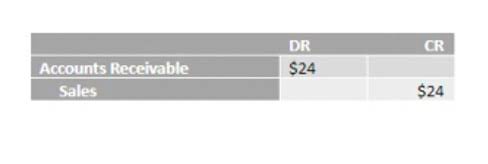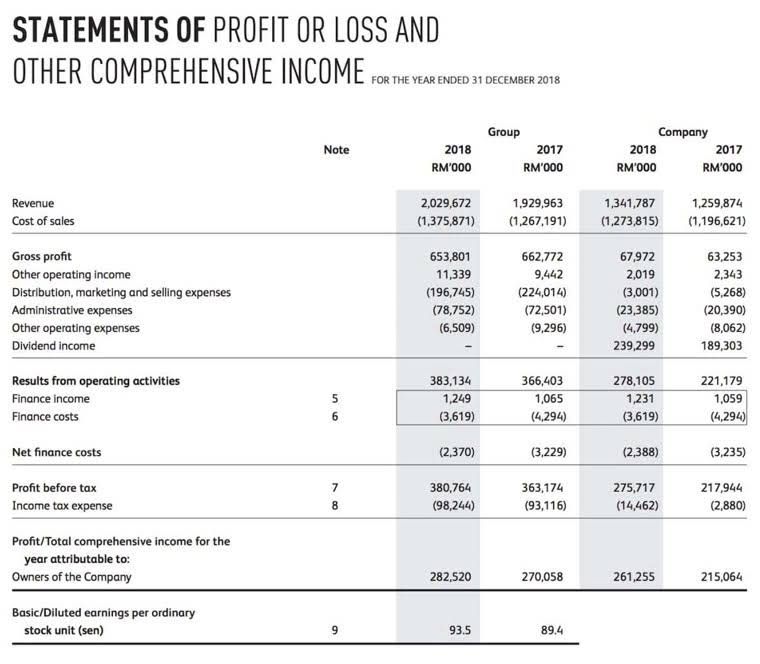
Accordingly, Net Working Capital showcases the ability of your business to pay off its liabilities in a short period of change net working capital formula time. Current assets are the assets that can be converted into cash within a short period of time, typically one year. Such assets include cash, short-term securities, accounts receivable, and stock.

Q. How does NWC differ from Working Capital?

Likewise, inadequate investment in current assets could threaten the solvency of your business. A good level of the above indicates that the business has enough liquidity to meet the current financial obligation, which is extremely important to run daily operations smoothly. A fall in the amount of this capital is detrimental to the entity and leads to doubt about the efficiency of the management. Working capital is the amount of money that a company can quickly access to pay bills https://www.bookstime.com/ due within a year and to use for its day-to-day operations. In addition to handling day-to-day expenses, net working capital provides the financial resources needed to seize growth opportunities.
- Overlooking short-term liabilities often leads to a sudden reduction in working capital, exposing companies to liquidity crises.
- A favorable net working capital ratio is 1.5 to 2.0, depending on the industry the business is in.
- To find the change in Net Working Capital (NWC) on a cash flow statement, subtract the NWC of the previous period from the NWC of the current period.
- However, it would have a negative Net Working Capital if its current liabilities would exceed its current assets.
- Such an optimal level of Net Working Capital ensures that your business is neither running out of funds.
- As in, it is a measure of if the company will be able to pay off its current liabilities with the assets in hand.
How to Calculate Working Capital Cycle
- The more working capital a company has, the less likely it is to take on debt to fund the growth of its business.
- The working capital ratio is determined by deducting Current Liabilities from Current Assets.
- They typically include cash in the bank, raw materials and inventory ready for sale, short-term investments, and account receivables (the money customers owe you).
- This is a good sign for the company because it is trying to keep its money accessible and ready for use.
- Regular oversight of working capital positions organizations well when facing unforeseen monetary strains or shifts in seasonal demand patterns—it acts as a safeguard during times of financial unpredictability.
But if there is an increase in the net working capital adjustment, it isn’t considered positive; rather, it’s called negative cash flow. First, we need to separate the current assets from the current liabilities. Different companies may have different level of https://x.com/BooksTimeInc liquidity requirements, depending on the type of industry, business model, products and services manufactured etc. It also depends on the market conditions and the size of company operations. We can see in the chart below that Coca-Cola’s working capital, as shown by the current ratio, has improved steadily over a few years. A higher ratio also means that the company can continue to fund its day-to-day operations.

How can a company improve its working capital?
- By subtracting current liabilities from current assets, you can gauge if a business can meet short-term obligations.
- Therefore, make sure you employ a judicious mix of short-term and long-term funds to fund your current assets.
- Therefore, companies needing extra capital or using working capital inefficiently can boost cash flow by negotiating better terms with suppliers and customers.
- Therefore, financial managers must develop effective working capital policies to achieve growth, profitability, and long-term success.
- By adopting these measures strategically, companies ensure they maintain adequate working capital to support day-to-day operations and nurture prospects for expansion.
This measures the proportion of short-term liquidity compared to current liabilities. The difference between this and the current ratio is in the numerator where the asset side includes only cash, marketable securities, and receivables. The quick ratio excludes inventory because it can be more difficult to turn into cash on a short-term basis.

How Do You Calculate Working Capital?

It encompasses current assets such as cash, inventory, and accounts receivable, minus current liabilities like accounts payable and short-term debt. Changes in working capital reflect the fluctuations in a company’s short-term assets and liabilities over a specific period. Working capital is calculated by taking a company’s current assets and deducting current liabilities. For instance, if a company has current assets of $100,000 and current liabilities of $80,000, then its working capital would be $20,000. Common examples of current assets include cash, accounts receivable, and inventory.
